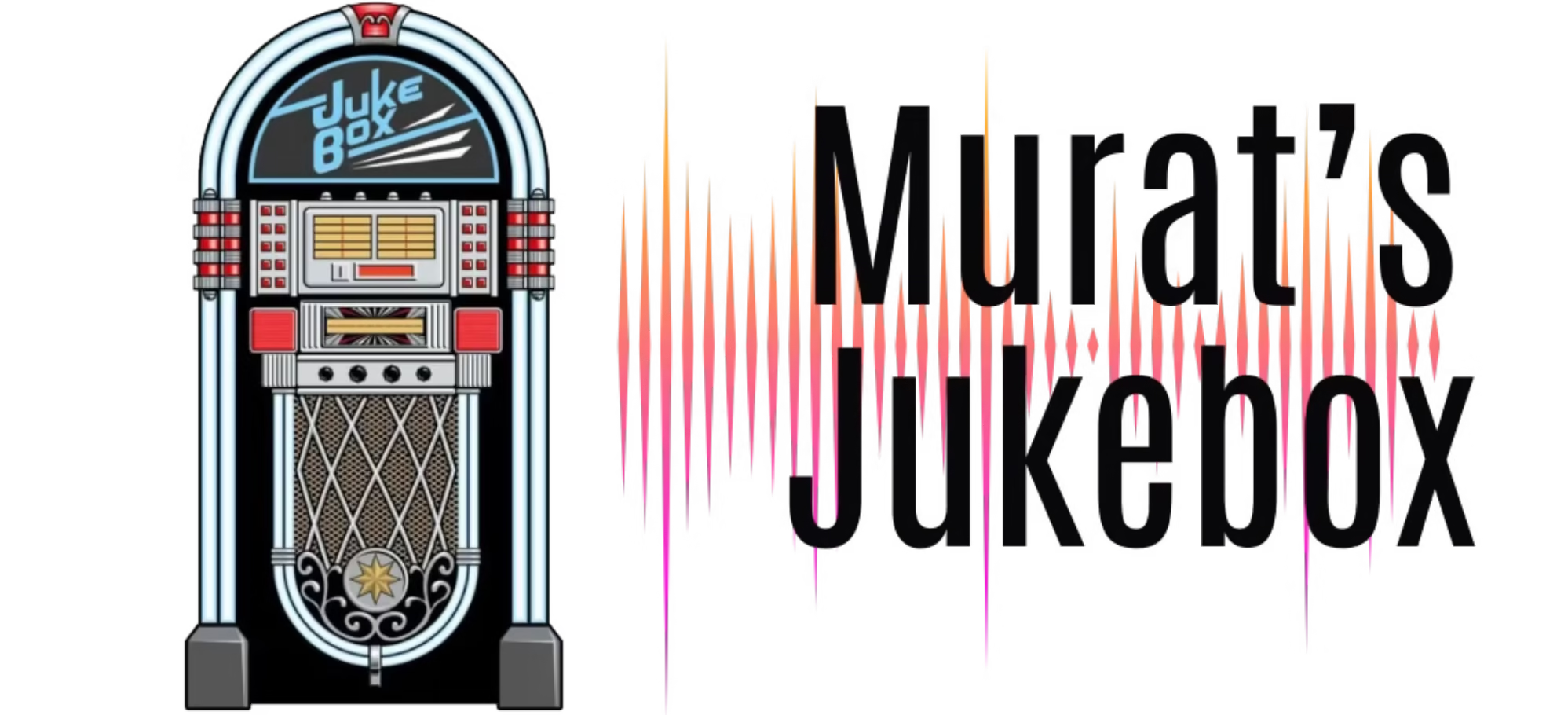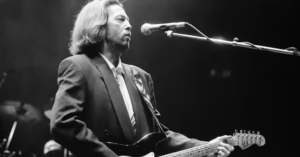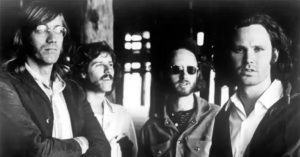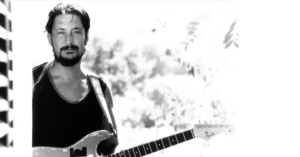Creedence Clearwater Revival: The Voice of American Roots Rock and Timeless Storytellers
Creedence Clearwater Revival. Formation and Origins
Creedence Clearwater Revival, abbreviated as CCR, was formed in El Cerrito, California, in 1967, emerging from an earlier band called The Golliwogs. The group’s lineup consisted of:
- John Fogerty – lead vocals, lead guitar, primary songwriter
- Tom Fogerty – rhythm guitar
- Stu Cook – bass guitar
- Doug Clifford – drums
John Fogerty was the central creative force behind the band, responsible for their distinctive sound, songwriting, and production. Though the band hailed from Northern California, their sound and lyrical themes were deeply rooted in the American South’s culture and struggles, which made their music uniquely resonant with a broad audience.
Creedence Clearwater Revival. Musical Style and Identity
CCR is widely credited for pioneering a blend of roots rock, swamp rock, blues, country, and rock and roll. Their music stood out for its:
- Raw, earthy sound combining gritty guitar riffs with tight, rhythmic grooves
- John Fogerty’s powerful, expressive voice that conveyed both urgency and emotion
- Storytelling lyrics depicting blue-collar struggles, political commentary, love, and everyday life
- The fusion of Southern musical influences despite their West Coast origin, which contributed to the “swamp rock” label
This unique sound gave CCR an authentic and timeless appeal that connected with listeners across generations.
Creedence Clearwater Revival. Breakthrough Albums and Iconic Hits
Creedence Clearwater Revival. Early Success
CCR’s self-titled debut album in 1968 marked the beginning of their meteoric rise. The album contained a mix of original songs and covers, notably:
- “Susie Q” – a slow-burning blues-rock number that became a signature track
- “I Put a Spell on You” – a soulful cover that showcased Fogerty’s vocal intensity
Creedence Clearwater Revival. The 1969 Breakthrough Year
CCR exploded in 1969 with a string of successful albums released in rapid succession:
- Bayou Country — Introduced swamp rock with tracks like “Born on the Bayou,” capturing Southern life and atmosphere.
- Green River — Featured the classic title track, “Lodi” (a song about struggling musicians), and “Bad Moon Rising,” an ominous yet catchy hit.
- Willy and the Poor Boys — A defining album with socially conscious songs including “Down on the Corner,” “Fortunate Son,” and “Don’t Look Now (It Ain’t You or Me).” “Fortunate Son” became an iconic protest anthem against the Vietnam War and remains one of rock’s most powerful political songs.
Continued Success
- Cosmo’s Factory (1970) — Often regarded as one of their best albums, it included hits such as “Lookin’ Out My Back Door,” “Run Through the Jungle,” and “Who’ll Stop the Rain.” The album showcased CCR’s versatility from hard-driving rock to melodic, upbeat tunes.
- Pendulum (1970) — The band experimented with keyboards and strings, expanding their sound with songs like “Have You Ever Seen the Rain?” and “Hey Tonight.”
Band Dynamics and Challenges
Despite their success, tensions within CCR, particularly between John and Tom Fogerty, began to rise. John maintained tight control over the band’s creative direction, which caused frustration among other members.
In 1971, Tom Fogerty left the band, and CCR became a trio. Their final album, Mardi Gras (1972), saw all members contribute songs, but the album received poor reviews and is often considered a low point in their career.
Legacy and Influence
CCR’s music remains deeply influential and widely celebrated. Their ability to craft catchy, meaningful songs with a strong sense of American roots rock has made them:
- One of the best-selling bands of the late 1960s and early 1970s, with over 30 million albums sold worldwide.
- An enduring influence on artists across rock, country, blues, and alternative genres.
- Progenitors of the swamp rock sound, a fusion of rock with Southern blues and folk elements.
- Songwriters of anthems like “Fortunate Son” and “Proud Mary” that continue to be used in films, commercials, and political discourse.
John Fogerty’s distinctive voice and guitar style set a benchmark for generations of musicians, and his solo career further cemented his legacy.
Interesting Facts
- CCR never had a #1 single on the US Billboard Hot 100 chart, but they had multiple Top 10 hits and are one of the most successful American bands ever.
- The band’s name combines three elements: “Creedence” from a friend’s dog, “Clearwater” inspired by a beer commercial, and “Revival” representing rebirth and new beginnings.
- John Fogerty’s song “Proud Mary” was famously covered and popularized further by Tina Turner.
- The band was inducted into the Rock and Roll Hall of Fame in 1993.
- Despite their relatively brief career as CCR, the members went on to various solo and session careers, with John Fogerty achieving critical and commercial success.
Select Discography
- Creedence Clearwater Revival (1968)
- Bayou Country (1969)
- Green River (1969)
- Willy and the Poor Boys (1969)
- Cosmo’s Factory (1970)
- Pendulum (1970)
- Mardi Gras (1972)
Creedence Clearwater Revival’s unique blend of heartfelt songwriting, Southern-inspired rock, and social awareness continues to resonate with fans old and new. Their timeless music captures the spirit of America’s roots, social struggles, and enduring hope.






